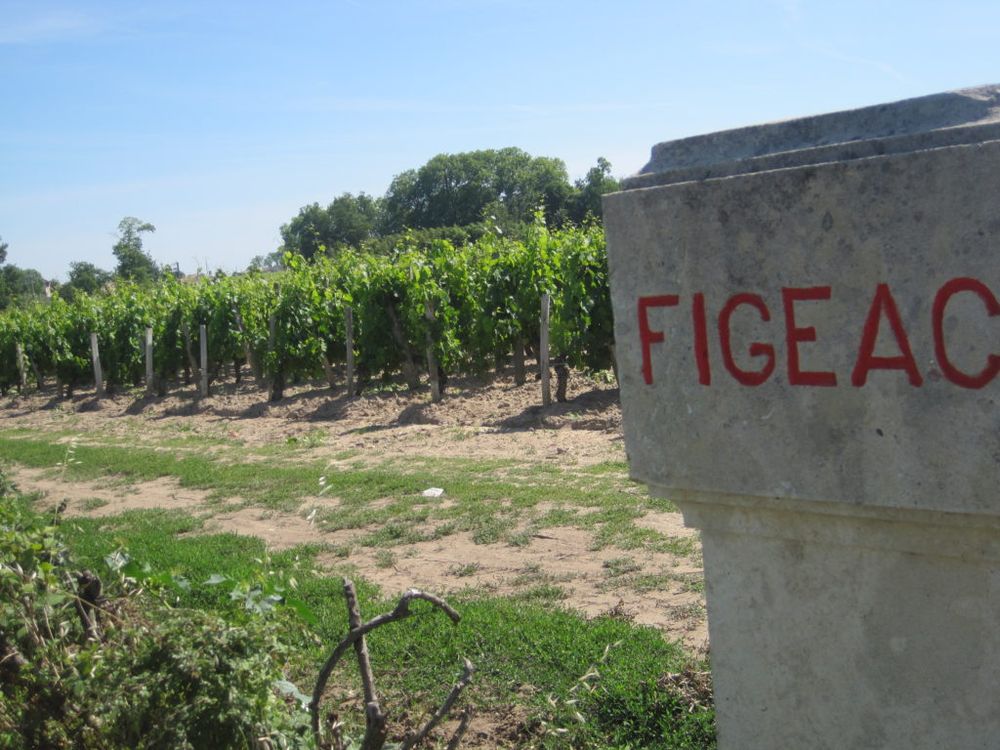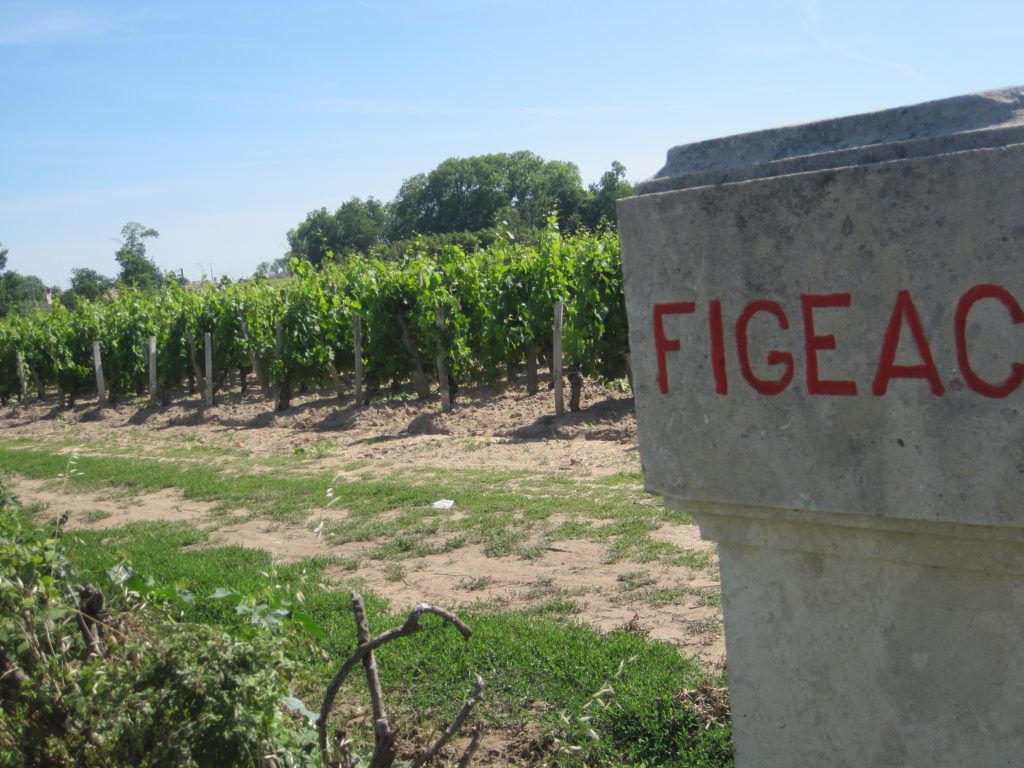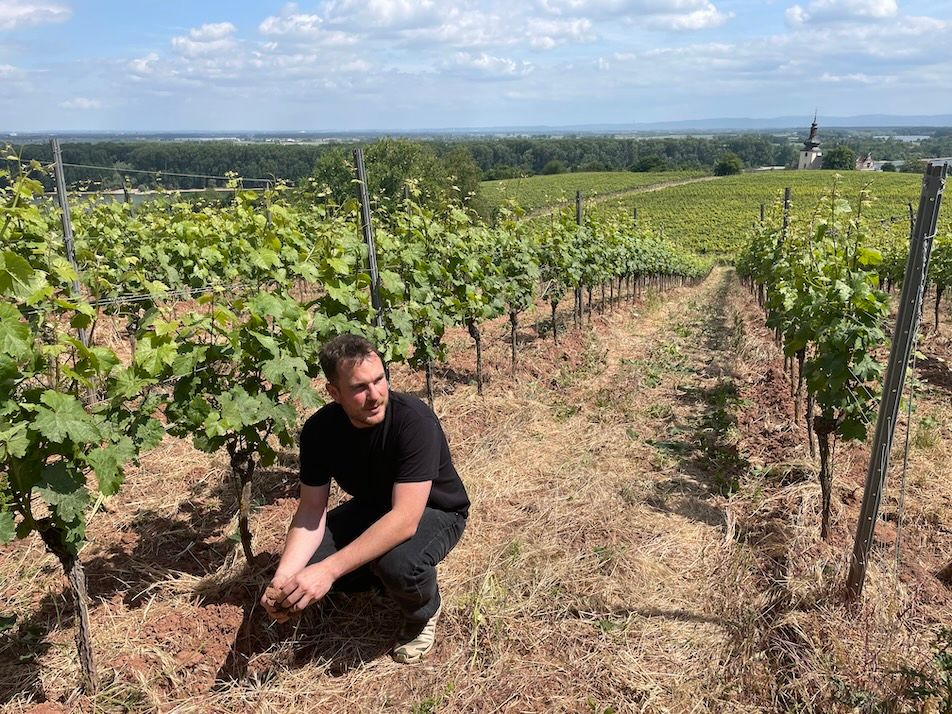I would love to taste some St Emilion that is made without any fancy tricks at all. Because I still don’t know what it’s supposed to taste like, says Fowler.
Far more complicated than the actual quality of any vintage is the perception of its quality. It’s not about whether it’s any good or not, it’s about whether or not the customer thinks it’s any good. This makes new Bordeaux vintages rather tricky, because the customer rarely gets the chance to make his or her own judgement on the wine(s) before making a purchasing decision. My point is this: the initial perception of quality, or the judgement of same, is largely in the hands of the wine trade. Who, of course, have a commercial interest. And whilst the vast majority of the wine trade are men and women of the highest integrity, no fisherman is going to tell you that his own fish stink.
The 2015 Bordeaux vintage was a vintage that needed to be a success. After the over-priced blockbusters of 2009 and 2010, Bordeaux got what the Bordeaux-bashers thought it deserved: a string of difficult years. 2011s weren’t at all good (though some of them are just starting to show some charm – this is the beauty of Bordeaux). 2012s weren’t that much better, and the less said about 2013 the better. By the time 2014 came along those with a financial angle were talking about negociants going bust and, despite the vintage being pretty good (and very good in places), it was a tough sell.
And then came 2015. And what 2015 has on 2014 is fruit. And buyers like fruit. And critics like fruit. Google “2015 Bordeaux vintage report” and you will find words like “fantastic”, “superb” and “radiant”. But I was never quite convinced. Better than 2014? Probably. Brilliant? I don’t think so.
Last week I tasted just over 260 wines from the 2015 Bordeaux vintage, blind, with the “Southwold Group”. This is my sixth vintage tasted with this panel, and it’s a tasting that I am very privileged to be a part of. Herewith my thoughts.

Figeac just shaved Canon, the other group favourite
St Emilion
The problem with St Emilion is this (aside from the sheer number of wines to taste): the appellation is too big, and lacks specificity. It’s a bit like Châteauneuf du Pape: different soils, different grapes and different ideals. I’ve said this so many times as to be bored with my own voice: just what is St Emilion supposed to taste like?
The St Emilion of the vintage (bar the silly stuff) is (for me) Ch. Valandraud. Which is a sentence that I never thought I would write. It just edged Tertre-Roteboeuf, a wine that I initially scored the same (17) before lopping off half a point through indecision as much as anything else. Behind these came the group favourites: Canon and Figeac. Figeac is probably my pick of these two; for all the hype that surrounds 2015 Canon it tastes just a little bit too “worked” for me and lacks a little bit of poise.
I should add that the trend of toning down the extraction seems to be continuing, with just a few exceptions. That said, I would love to taste some St Emilion that is made without any fancy tricks at all. Because I still don’t know what it’s supposed to taste like.
Pomerol
When asked to rate the entire vintage, it is Pomerol that really lifts 2015 ahead if its predecessor. If 2014 Pomerols are a disappointment, their 2015 counterparts are a pleasure and more. VCC was my pick, and I probably underscored it at 17.5. Gazin, which I always seem to like very much, was up there too along with Lafleur, the group winner. Lafleur is always tricky when young and doubly so when tasted blind; it might just be an absolute cracker in time. Eglise-Clinet followed – I can usually pick this blind, though in 2015 it is distinctly “vinous” and more subdued than it can be. Evangile, La Fleur Pétrus and La Conseillante are all worthy of mention in what is clearly a very good vintage for Pomerol.
Graves
There are some rather good 2015s in Graves, though there is a caveat here, which I’ll get back to. My pick, and the group pick, was Smith-Haut-Lafitte. This is normal service; they know what they are doing at Smith. Then there is a rather tight pack following it, which includes Carmes Haut-Brion, Domaine de Chevalier, Malartic-Lagravière and Pape-Clement. My only gripe with this set of wines is Domaine de Chevalier, which I can pick blind these days with relative ease on account of the cellar rather than the soil. By which I mean that you can taste the winemaking rather than the wine. Which might sound a bit poncey but there is a hint of St Emilion in Graves, a hint of properties looking for the “points formula” rather than making a wine that expresses terroir.
I should also mention Les Carmes Haut-Brion: I initially thought that the revolution at Carmes wasn’t going to end well, but I was wrong; Guillaume Pouthier is making wines of some considerable, and idiosyncratic, class here (and that is perhaps in complete contradiction to the previous sentence).
Margaux
I was looking forward to these. 2015 was, we were told, a great success for the wines of Margaux, the Médoc’s most inconsistent appellation. To be fair the wines are pretty good though there are few humdingers. The group pick was Brane-Cantenac, followed by Rauzan-Ségla and Palmer. My pick was Palmer, followed by what I thought was a disarmingly delicious d’Issan. It is worth noting that a case of Palmer will set you back more than a case each of the other three wines. Indeed you could have a pretty good lunch with the change. The real bargain here has to be Ségla. This isn’t yet available though Farr Vintners tell me that it should be soon; this is worth looking out for.
St Julien

Chateau St Pierre
The St Juliens are always a pleasure – this is invariably the most consistent appellation in Bordeaux and tasting the wines is a joy. It’s like getting home after a long journey and 2015 is no exception. The three Léovilles took the prize, with Barton in first place just ahead of Poyferré. Lascases, in third place, is always a bit tricky in its youth and this should be taken into account I think. The ever-improving Beychevelle followed, with a very serious St Pierre just behind (I actually rated this the equal of the winning Léovilles). Ducru was laid back and very glossy, the sexy barrel notes dominating the flavour profile for me; maybe this will integrate in time.
Pauillac
If St Julien is getting home after a long journey, then Pauillac is lighting the fire and having a drink. It’s like Vosne-Romanée – if there is a portal to God in Bordeaux then it’s in Pauillac. And it’s probably around Chateau Latour and the two Pichons. Pichon-Lalande was my pick here, indeed it’s probably my pick of the vintage outside of the first growths. Sylph-like, and inimitably Pauillac. Baron is a cigarette paper behind, though probably just in terms of style rather than quality: some will prefer the masculine punch of the Baron while I favour the feminine whisper of the Comtesse. Lynch-Bages follows – this is a more old-fashioned Lynch than it has been in the past few years, and I loved Batailley. Modern Batailley is considerably more flashy than it used to be, though still has its proper Pauillac character underneath the gloss. It’s more expensive than it used to be, yes, but still a pick in my opinion.
St Estèphe
The Northern Médoc caught a fair bit of rain just before the harvest in 2015 and, whilst Pauillac and St Julien didn’t escape the deluge, it is most apparent in St Estèphe. Quality is still pretty good, though there is nothing spectacular, save for the fact that Meyney, again, gate-crashed the big three. Montrose was my pick and that of the group, and I picked it blind on account of its loose knit class. Modern Montrose seemingly knows that it’s as good as it can be, and reclines on the chaise longue rather than stands to attention (if that makes any sense at all). Cos, which I had just behind it (along with the gate-crasher) has class and poise, though lacked the fireworks of a great vintage; Meyney is tight and poised, with some typical St Estèphe austerity. I missed this for Calon-Ségur, which I may have got completely wrong – this started very classy for me though seemed a little bit out of focus. That notwithstanding, these are decent wines though not exceptional by any means.

Chateau Haut-Brion
The Big Boys
There is a school of thought that suggests that, in truly great vintages, the pyramid of quality flattens out, viz. you can buy lower down the hierarchy whilst still getting the quality. 2010 Batailley, for example, is a better wine that pretty much anything Bordeaux produced in 2013. This school of thought may well be correct, but my view is that, in truly great vintages, the truly great wines can be off the charts in terms of quality. Anyone lucky enough to have tasted the very top wines of 2010 will concur with this.
In 2015, the top wines are all well within the charts. Haut-Brion is a humdinger; Ausone is quite exceptional. But I didn’t get a glimpse of my maker in any of the wines.
Haut-Brion, which was my pick, has an almost sexual (masculine) power to it. It is meaty, smoky, flashy and powerful. Viagra in Graves. Ausone, the group pick, is a more sensual, velvet, plush wine. It seduces. Mission, Cheval and Latour are close behind but, to be fair, it’s the closest of photo-finishes and – this is important – these wines aren’t made to show well blind at not even three years old. The only real disappointment, save for a faulty bottle of Le Pin, was Margaux. There is no denying that 2015 Margaux is rather good, it’s just not a 100 pointer, or at least it wasn’t last week.
Fin:
Taken as a whole, 2015 is clearly better than 2014, which makes it the best vintage since 2010 (I’m not including 2016 here). That said, there are many wines on the left bank that I would love to taste next to their counterpart 2014s and I think that such a tasting might throw up a few surprises. On the right bank, and in Pomerol in particular, 2015 is clearly the superior year. Here’s what I’d buy:
Nailed the Scoop 6: Haut-Brion
Feeling flush: Pichon-Lalande, Valandraud, VCC
Feeling moderately flush: Batailley, d’Issan, St Pierre
Bargain in the penthouse: Ségla: this should be released later this year.
Joss Fowler writes www.vinolent.net and represents Domaine Mischief and Mayhem in the UK. This feature originally appeared on Vinolent on January 31, 2019










































